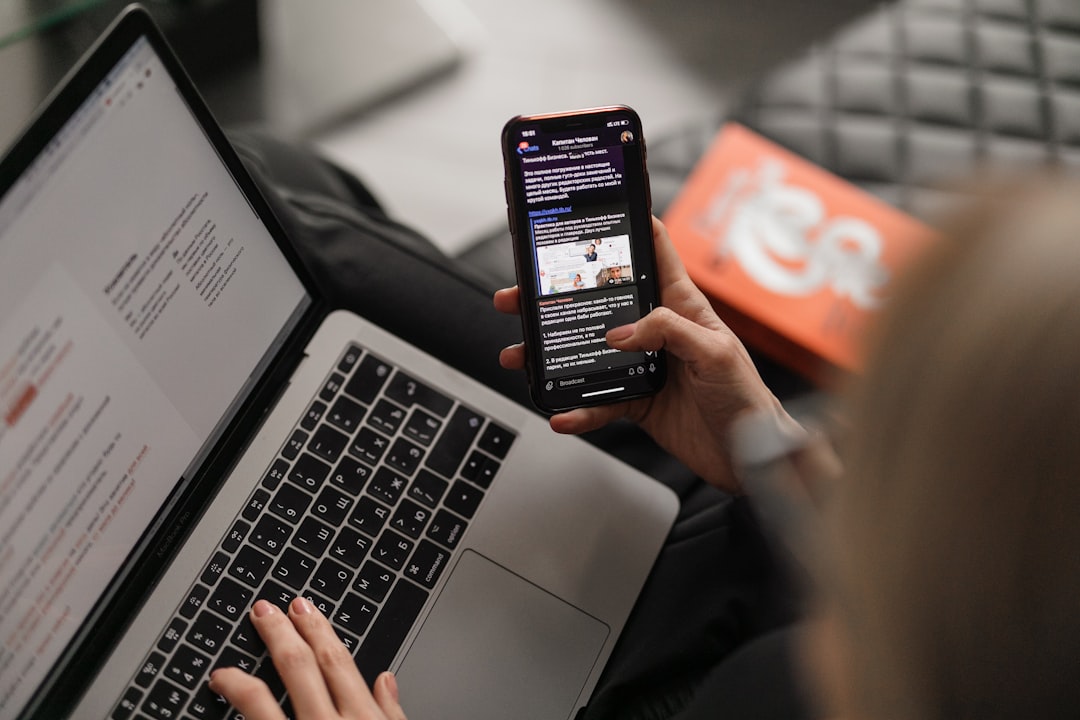As a self-published author, one of your most powerful tools for connecting with your audience is email marketing. But just sending an email isn't enough - you want your readers to actually open and engage with your content. This is where the concept of 'open rates' comes into play. The email open rate is a measure that tells you how many people on an email list open (or view) a particular email campaign. In this article, we'll explore five key tactics to skyrocket your email open rates, ignite curiosity, and drive reader engagement.
- Crafting a Compelling Subject Line
- Optimizing Your Preview Text
- Perfecting Your Sending Time
- Segmenting Your Email List
- Continually Testing and Improving
Crafting a Compelling Subject Line
The subject line is the first thing your readers see, and it can make or break whether your email gets opened. It's your first opportunity to pique the reader's interest and set the tone for what's inside.
To write a compelling subject line, keep it short, sweet, and to the point. Avoid using spammy phrases or excessive punctuation. Instead, try to invoke curiosity or urgency. Personalization can also be effective, as it makes the email feel more tailored to the reader.
For example, instead of a generic "New Book Release," try something like "John, a thrilling adventure awaits you inside!" This not only personalizes the email with the reader's name, but also creates intrigue about the content.
Experiment with different subject line formats and styles to find what works best for your audience. Don't be afraid to try something new!
Optimizing Your Preview Text
The preview text is the snippet of content that appears next to or below the subject line in an email inbox. This is another opportunity to draw in your reader and convince them to open your email.
The preview text should complement your subject line and provide a bit more detail about the content of your email. It should be engaging and informative, but still maintain a sense of mystery to encourage the reader to open the email.
For instance, if your subject line is "John, a thrilling adventure awaits you inside!", your preview text could be "Dive into a world of suspense and intrigue with my latest novel..."
Remember, the goal is not to give away all the details in the preview text, but to create enough interest to prompt the reader to open the email.
Related Posts:

Effective Storytelling: Elevate Your Book Marketing Game with Email Automation
Unlock the potential of email automation in your book marketing journey. Learn how to captivate readers, cultivate loyalty, and drive effective conversions with…
Perfecting Your Sending Time
The timing of your email can also significantly impact your open rates. If your email arrives when your reader is most likely to be checking their inbox, it's more likely to be opened.
Most email marketing platforms provide data on when your audience typically opens emails. Use this data to inform your sending schedule. If you're just starting out and don't have much data, a good rule of thumb is to send emails during the workweek and avoid early morning or late night sends.
However, the optimal sending time can vary depending on your specific audience, so it's important to continually test and adjust your sending times.
Segmenting Your Email List
Segmentation involves dividing your email list into distinct categories or groups based on certain criteria, such as reader interests, purchase history, or how they joined your email list. By segmenting your list, you can send more targeted and personalized emails, which can lead to higher open rates.
For example, if you have a new horror novel coming out, you might send a targeted email to readers who have previously shown an interest in the horror genre. This personalization can make your emails more relevant and engaging, increasing the likelihood that they will be opened.
Continually Testing and Improving
Finally, it's important to remember that improving your email open rates is a continual process. What works for one email or one group of readers might not work for another. Therefore, it's crucial to continually test different strategies and track your results.
Try A/B testing different subject lines or preview text, send emails at different times of the day or week, or experiment with different types of content or formatting. By tracking your open rates and other key metrics, you can gain insights into what works best for your audience and continually refine your strategy.
In conclusion, improving your email open rates is a multi-faceted process that involves crafting compelling subject lines and preview text, optimizing your sending times, segmenting your email list, and continually testing and improving your strategy. By implementing these tactics, you can ignite curiosity, drive reader engagement, and maximize the effectiveness of your email marketing efforts.
For more in-depth information on email marketing for authors, you may want to check out these articles: How can I use email marketing to connect with my audience?, How do I use email marketing for book promotion?, How can I engage with readers and develop a loyal fanbase?, and The Magic Behind Successful Author Newsletters.



